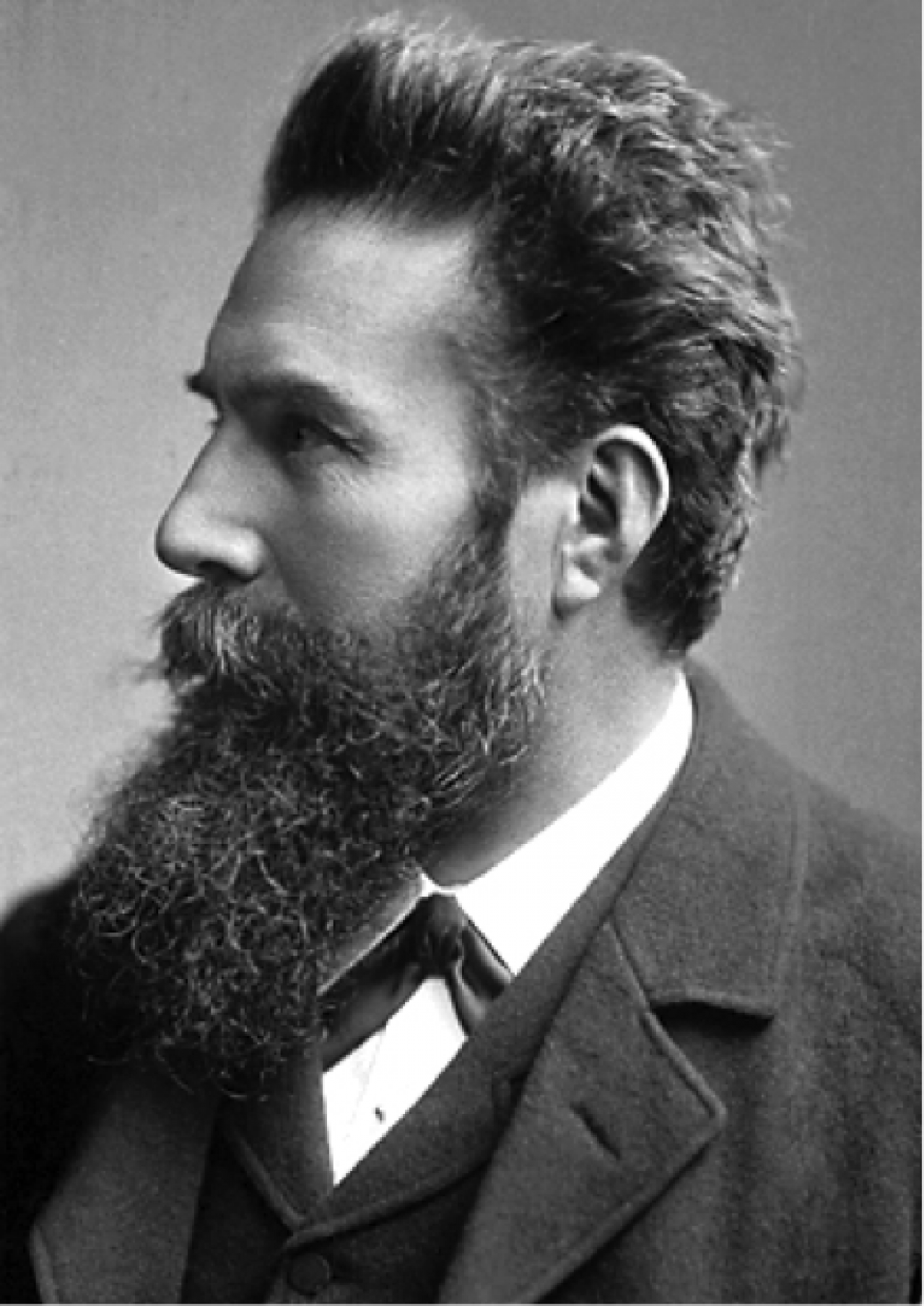Throwback Thursday: Wilhelm Conrad Rintgen, Discoverer of the X-Ray
Few scientific breakthroughs have had as immediate an impact as Wilhelm Conrad Röntgen’s discovery of X-rays, a momentous event that instantly revolutionized the fields of physics and medicine. On November 9, 1895, physicist Wilhelm Conrad Röntgen became the first person to produce and detect what’s known today as X-rays, making the invisible visible. Röntgen’s discovery
Few scientific breakthroughs have had as immediate an impact as Wilhelm Conrad Röntgen’s discovery of X-rays, a momentous event that instantly revolutionized the fields of physics and medicine. On November 9, 1895, physicist Wilhelm Conrad Röntgen became the first person to produce and detect what’s known today as X-rays, making the invisible visible. Röntgen’s discovery occurred accidentally in his lab in Würzburg, Germany, where he served as the university's Chair of Physics. At the time of his discovery he was testing whether cathode rays could pass through glass. He noticed a glow coming from a nearby chemically coated screen. He dubbed the rays that caused this glow X-rays because of their unknown nature.
X-rays are electromagnetic energy waves that act similarly to light rays, but at wavelengths approximately 1,000 times shorter than those of light. Röntgen holed up in his lab and conducted a series of experiments to better understand his discovery. He learned that X-rays can penetrate human flesh but not higher density substances such as bone or lead. He also found that X-rays can be photographed.
In January 1896 he made his first public presentation before the Würzburg Physico-Medical Society. The news spread rapidly throughout the world. Thomas Edison was among those eager to perfect Röntgen’s discovery, developing a handheld fluoroscope—a kind of X-ray motion camera—although he failed to make a commercial “X-ray lamp” for domestic use. By February 1896, X-rays were finding their first clinical use in the US in Dartmouth, MA, when Edwin Brant Frost produced a plate of a patient's fractured arm for his brother, a local doctor.
Röntgen’s discovery was labeled a medical miracle and X-rays soon became an important diagnostic tool in medicine, allowing doctors to see inside the human body for the first time without surgery. In 1897, during the Balkan war, X-rays were used on the battlefield to locate bullets and broken bones.
Röntgen was the first physicist to win a Nobel Prize in 1901. Numerous honors were showered upon him: prizes, medals, honorary doctorates, and memberships in learned societies both in Germany and abroad. In spite of all this, Röntgen retained the characteristics of a strikingly modest man.
Wilhelm Conrad Röntgen was born on March 27, 1845, at Lennep in the Lower Rhine Province of Germany. He spent most of his childhood in Holland. As a student, he did not excel, and his opportunities were further limited by his expulsion from one school for not snitching on a classmate. However, this all changed when he began studying mechanical engineering at the Polytechnic in Zurich, where he would eventually become an assistant to the professor of physics, August Kundt. He was always shy of having an assistant, and preferred to work alone. Röntgen was married to Anna Bertha Ludwig and had one adopted child, Josephine Bertha Ludwig, Anna’s niece. Throughout his life he retained his love of nature. Many vacations were spent at his country home, at the foot of the Bavarian Alps, where he entertained his friends and went on countless expeditions into the mountains. He was a great mountaineer and more than once found himself in treacherous situations while climbing.
When asked what his thoughts were at the moment of discovery, he replied, true to form, "I didn't think; I investigated." Today, Röntgen is widely recognized as a brilliant experimentalist who never sought honors or financial profits for his research. He rejected a title that would have given him entry into the German nobility, and donated his Nobel Prize money to his university. While he accepted the honorary degree of Doctor of Medicine offered to him by his own university, he never took out any patents on X-rays, ensuring that the world could freely benefit from his work. His selflessness came at considerable personal cost. Following World War I, Germany was caught in a terrible financial depression, and Röntgen was nearly bankrupt at the time of his death in 1923.


 Member Connect
Member Connect